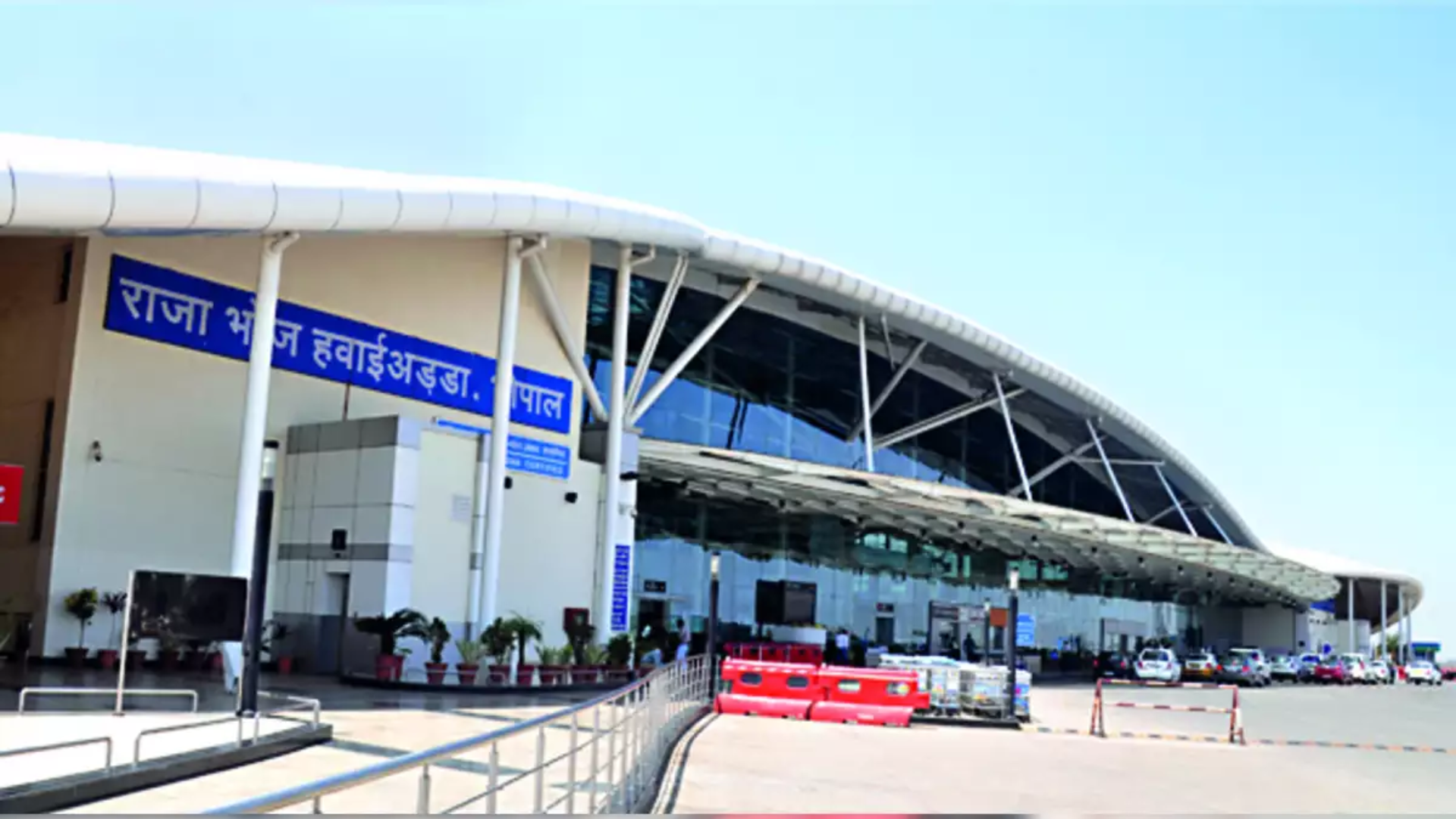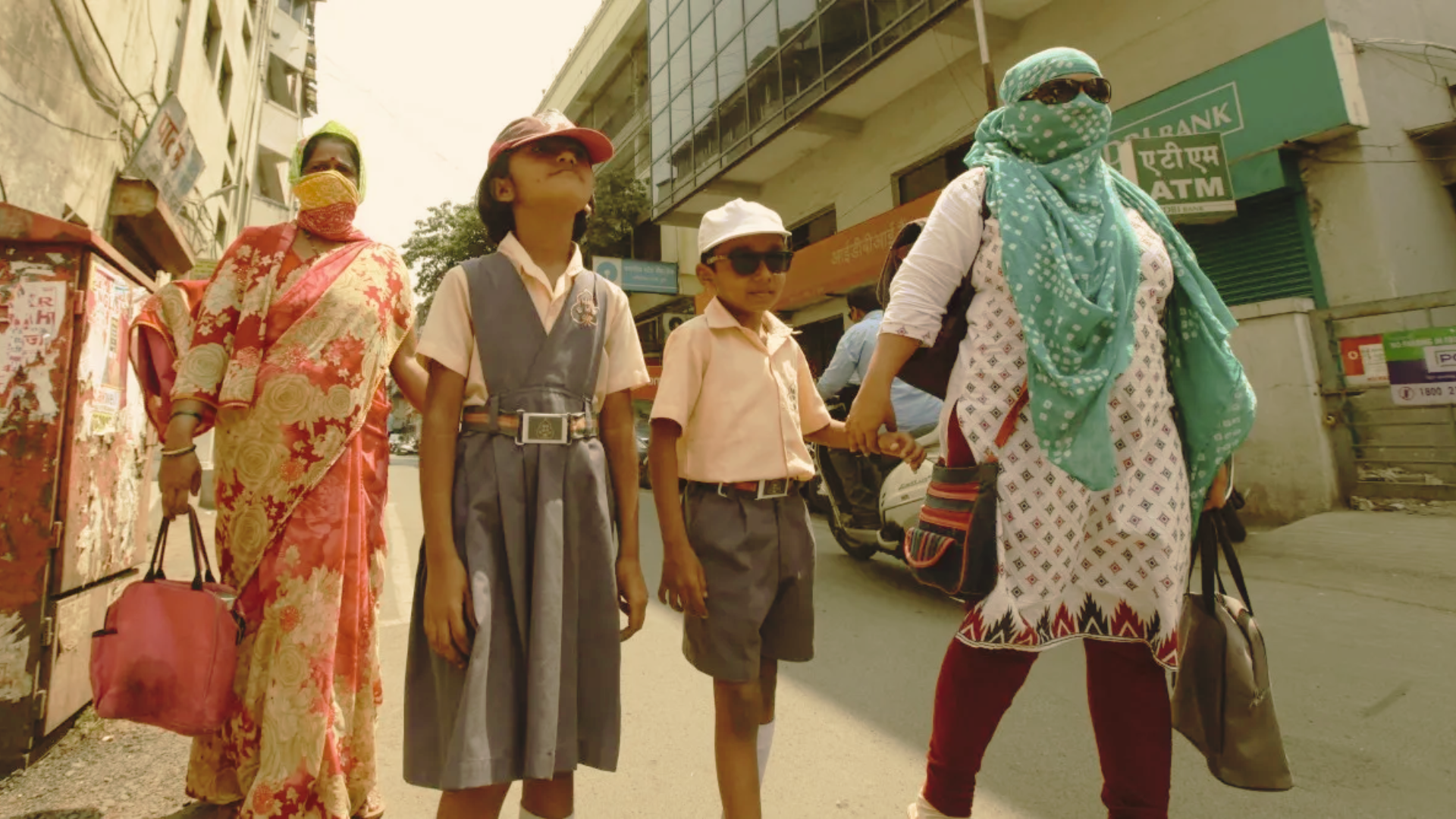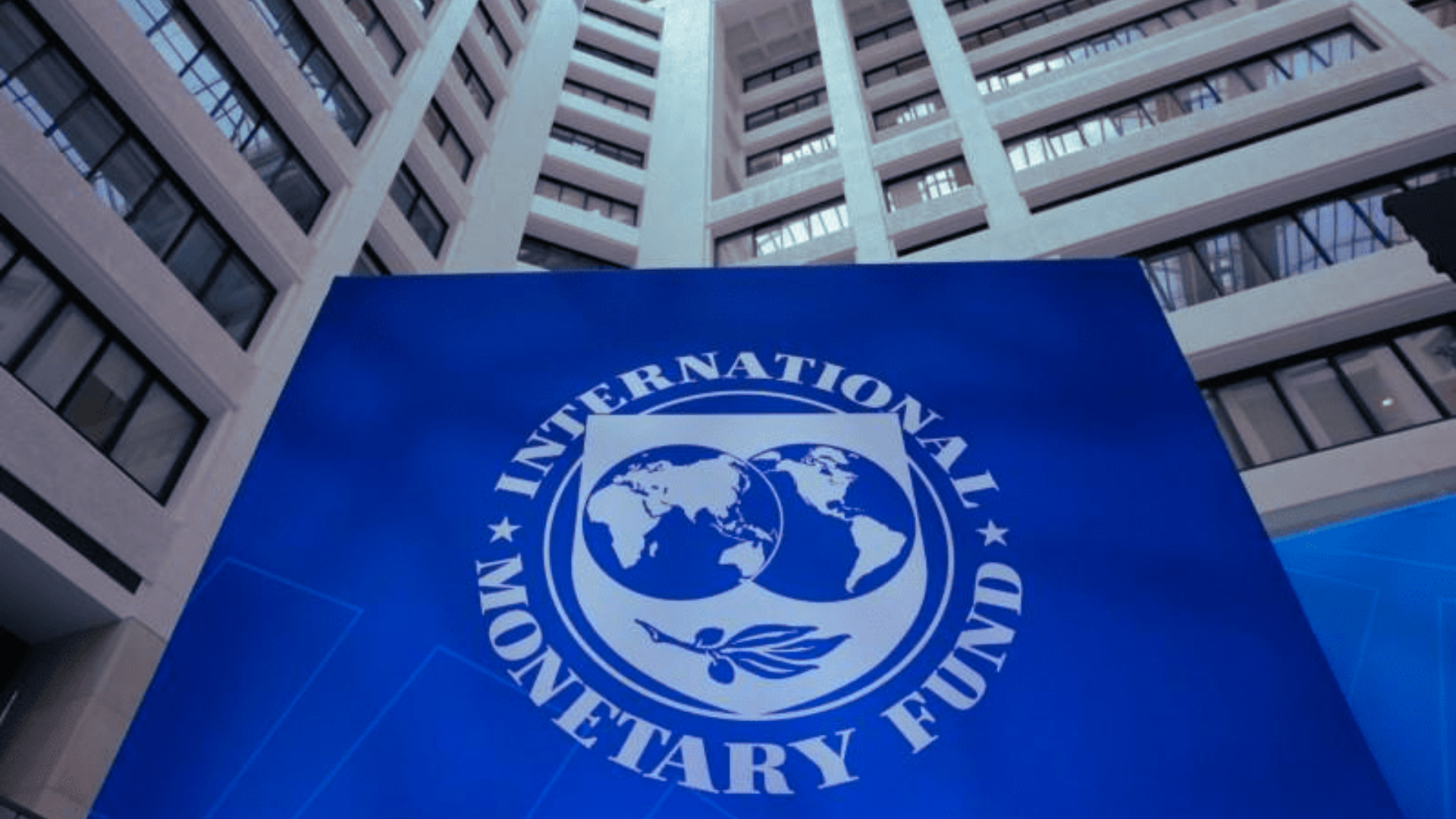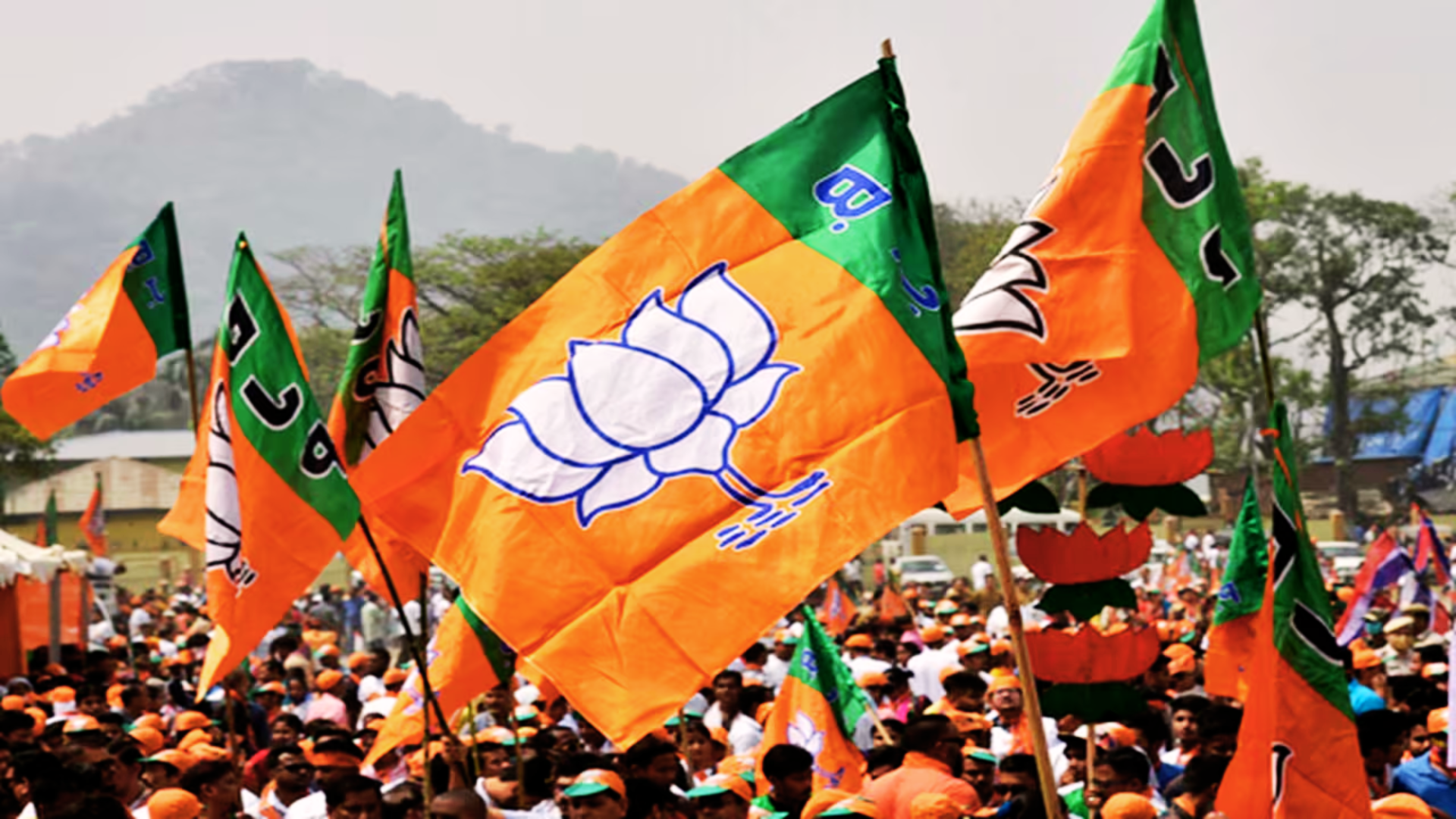


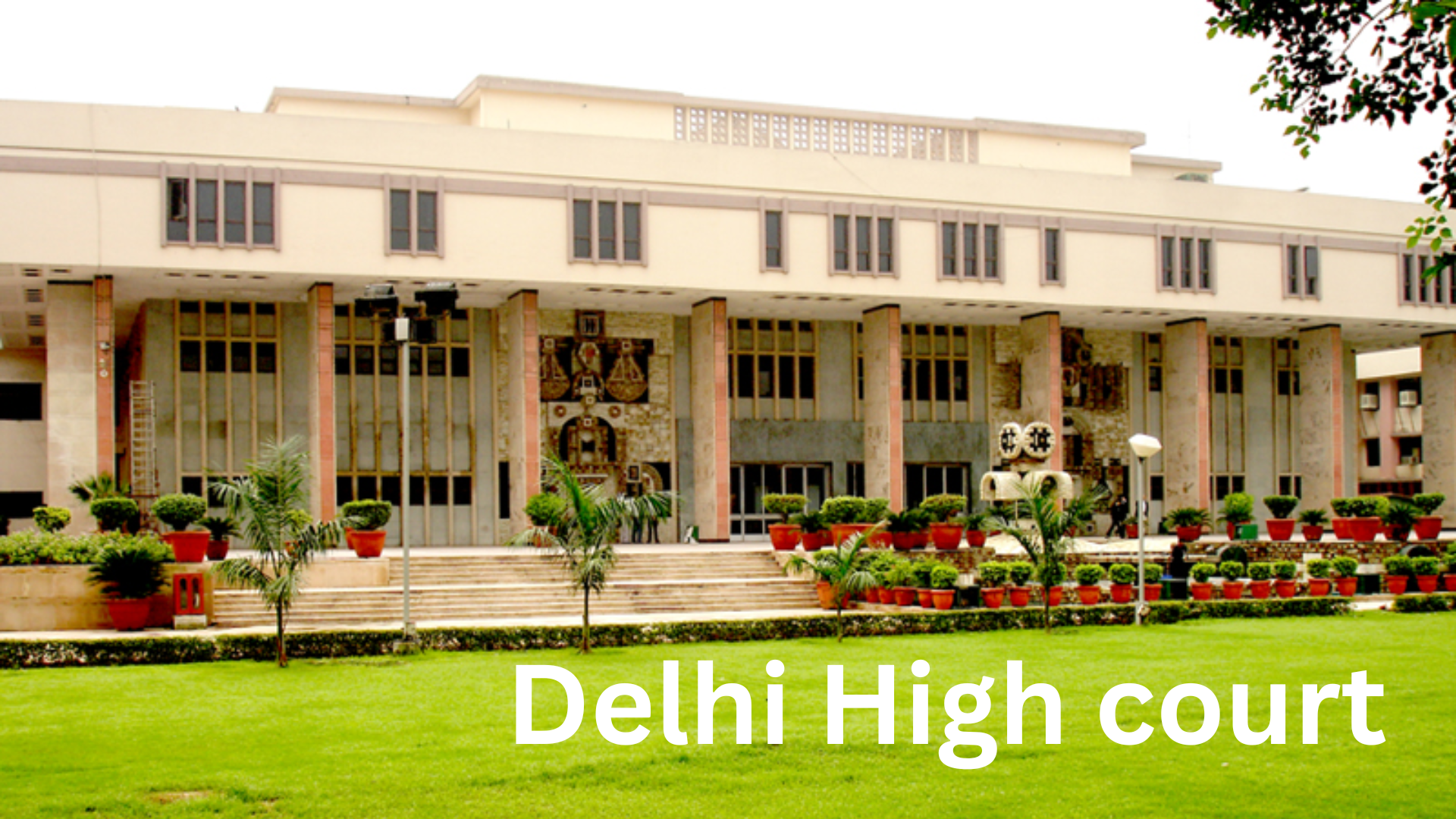
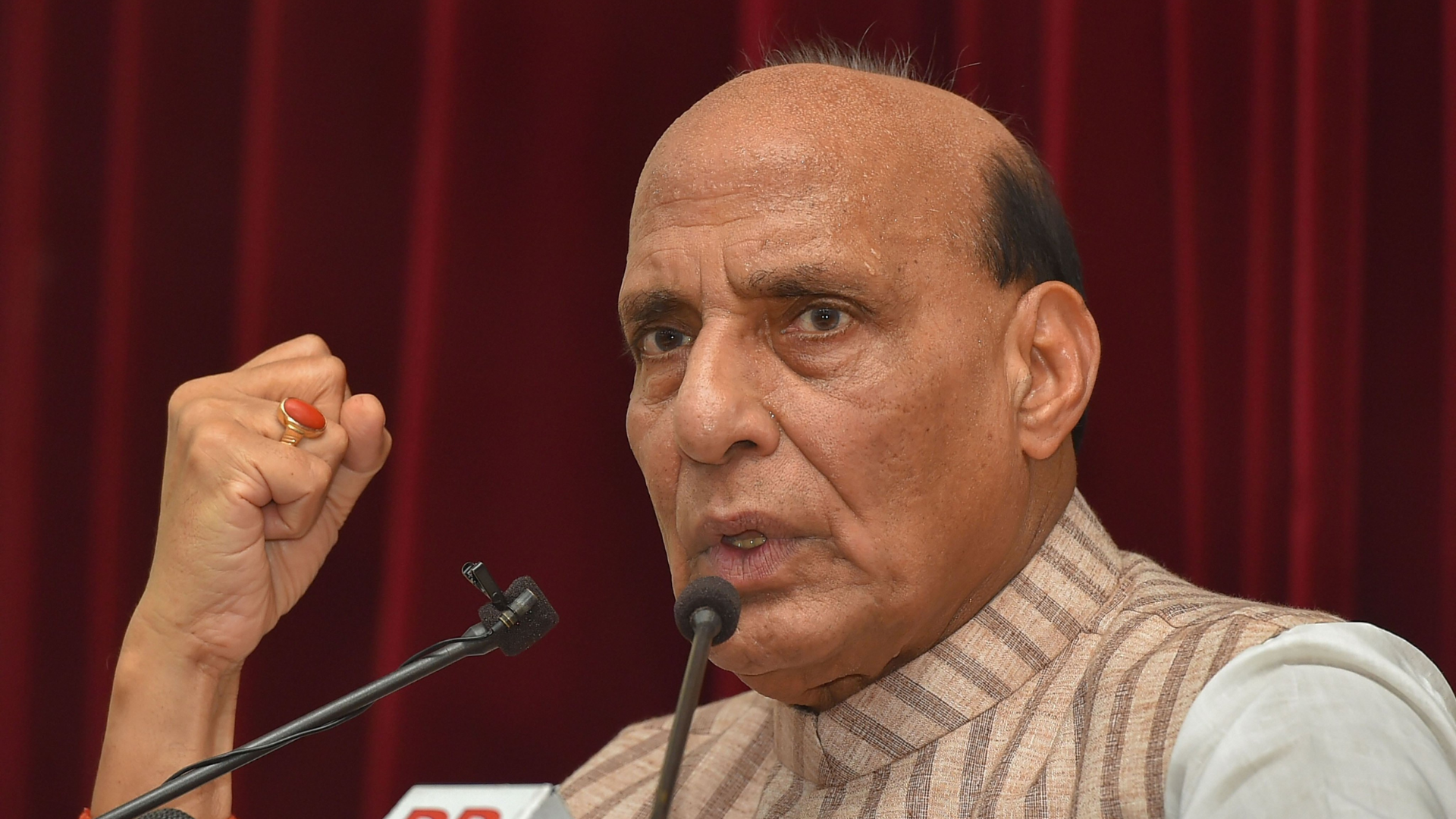
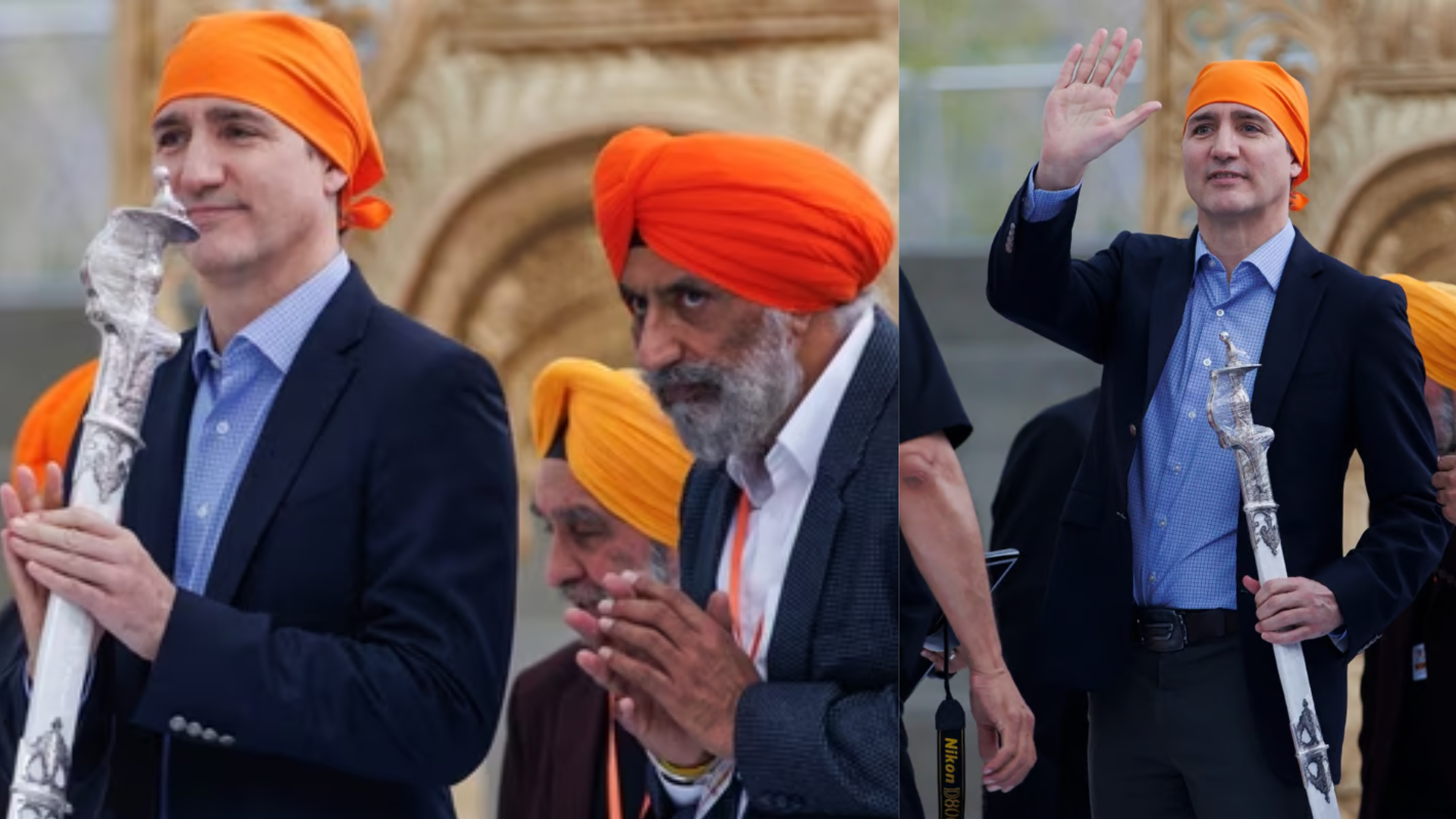
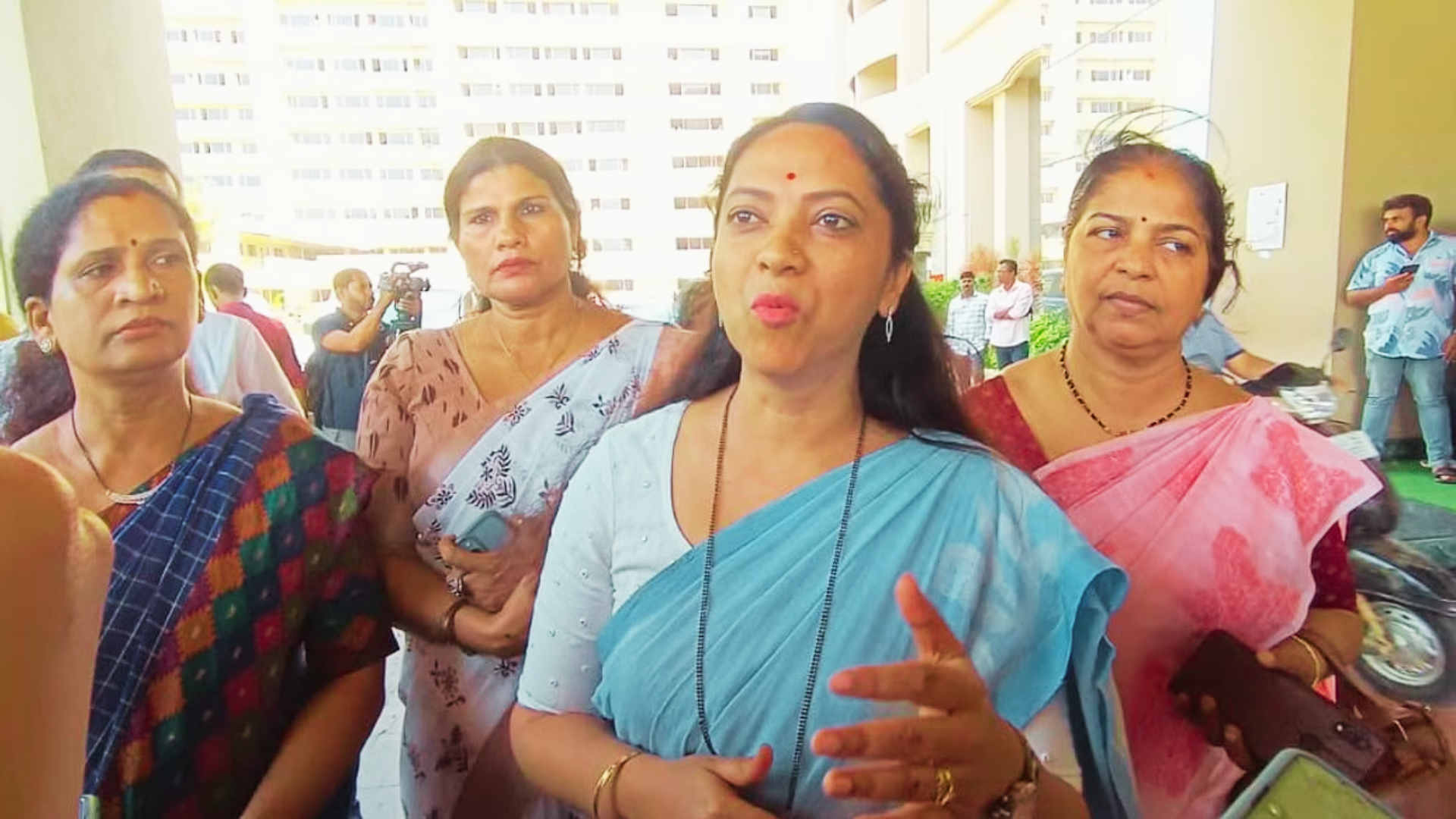

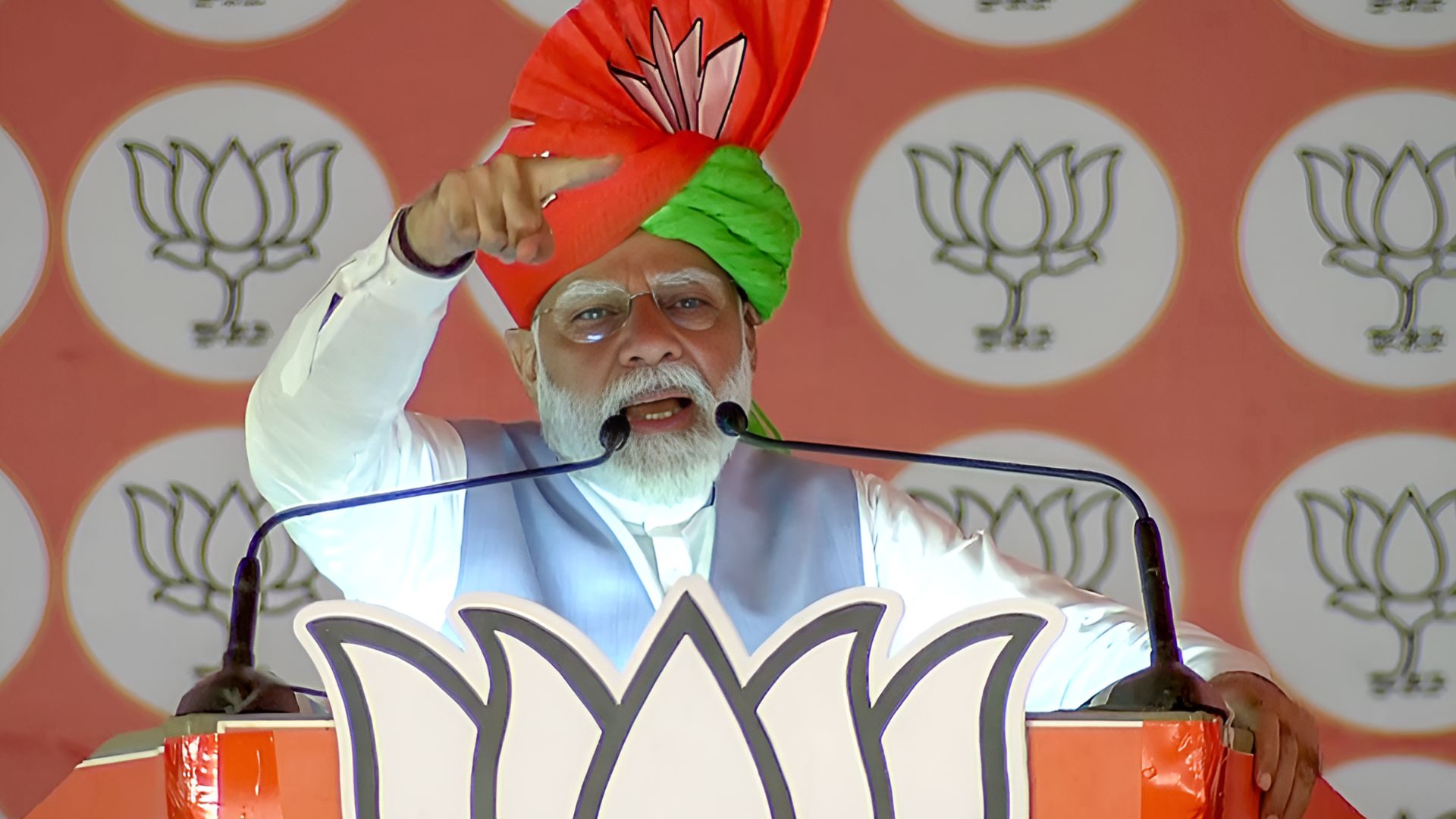
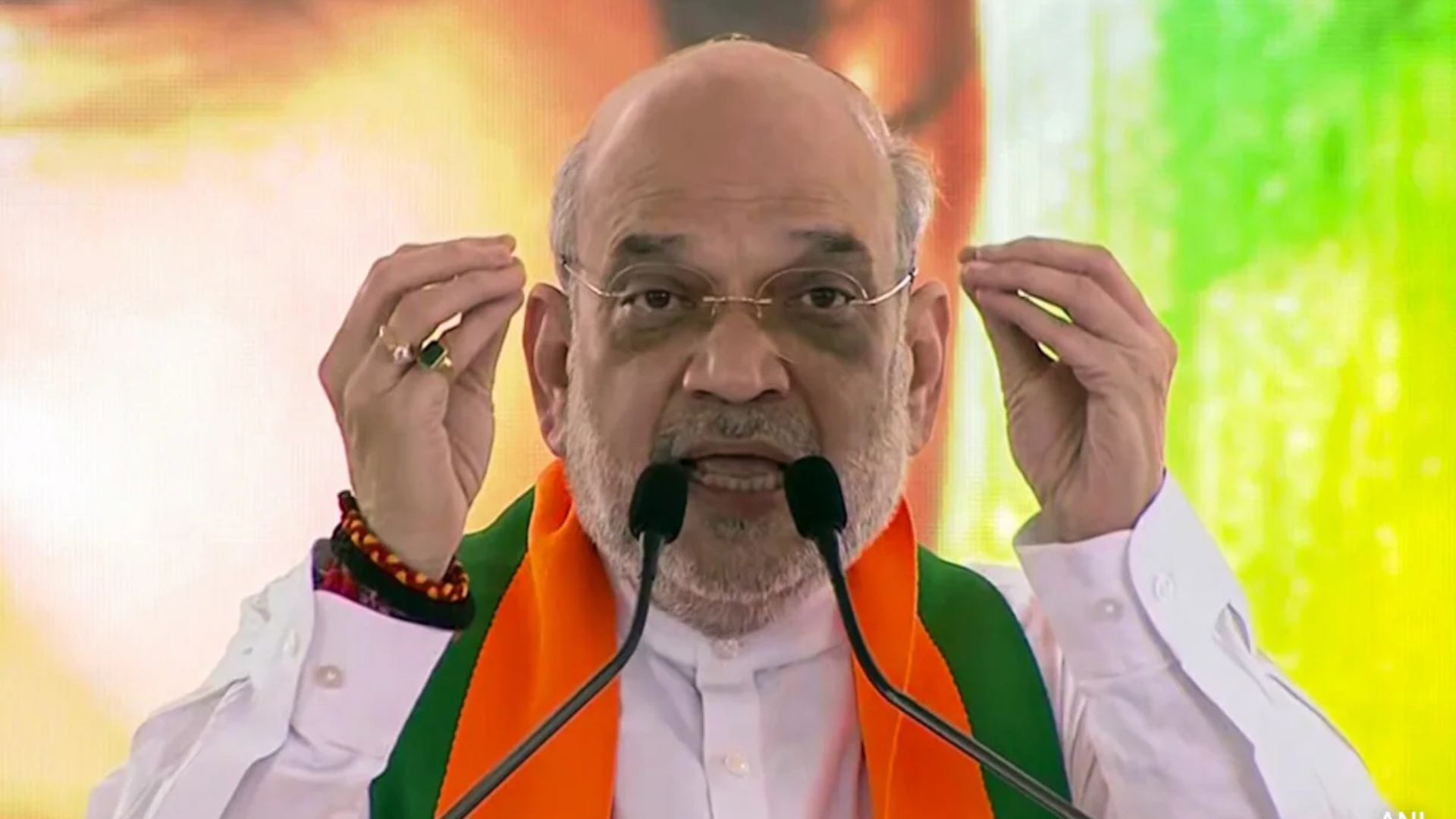

Ayodhya prepared for the grand celebration on April 17, the first after the ‘Pran Pratishtha’ ceremony with elaborate arrangements. However, the Ram Mandir Trust had appealed to the public not to reach Ayodhya, a huge rush of devotees has already thronged to be a part of the Surya Tilak on Ram Lalla. The live streaming of the celebration is being broadcast besides 100 large LED screens are put throughout Ayodhya for the darshan of the devotees. Divya Abhishek of Ram Lalla at Shri Ram Janmabhoomi Temple in Ayodhya was performed early in the morning today with great spiritualism.
The much-awaited Surya Tilak ceremony finally took place at around 12.16 pm using grand scientific techniques involving mirrors and lenses. A whole lot of preparations were made for this celestial event to be carried out to celebrate Ram Navami today. A focused beam of light of approximately 5.8 centimetres illuminated Ram Lalla’s forehead and the people who had reached the temple for the darshan could witness this divine event with great gallore. Amid stringent security, the temple ceremony began early morning with 56 Bhog Praasad that was offered to Ram Lalla.
#WATCH | ‘Surya Tilak’ illuminates Ram Lalla’s forehead at the Ram Janmabhoomi Temple in Ayodhya, on the occasion of Ram Navami.
(Source: DD) pic.twitter.com/rg8b9bpiqh
— ANI (@ANI) April 17, 2024
A sacred Hindu festival that falls on the ninth day of the bright half of the Lunar cycle of Chaitra as per the Hindu calendar, Ram Navami is celebrated all over the country as the birth of Lord Ram. Ram is known to be the seventh avatar of Lord Vishnu as per the Hindu scriptures who is believed to be an emblem within Hinduism as an ideal king and human through his righteous attributes and actions.
The auspicious day is marked by reciting shlokas from the Hindu epic Ramayana narrating the tales of Ram and performing different rituals and customs that varies from region to region. In some parts of the country, it coincides with the final day of Chaitra Navaratri, where people worship Ma Durga and her incarnation Ma Siddhidatri. Hindu devotees chant Vedic mantras dedicated to Vishnu to mark the birth of Lord Ram and at a few places people even worship the baby Ram. Prayers, fasting, listening to spiritual discourses and bhajans and kirtans are primarily done at temples where devotees seek the blessings of Lord Ram.
Also read: First Ram Navami Post-Ram Temple Enthronement; PM Modi Sends Wishes
Ram was born as the first son to King Dasaratha of Ayodhya who righteously proved triumph over evil fighting Ravana and bringing peace to humankind. Ever since then the victory had also been celebrated by Hindus in their special ways. Ram is believed to be epitome of perfection who fulfilled all his duties towards his family and subjects both. He is known for his dharma, good conduct, and virtues, thus, there are opinions that listening to the story of Ram is the most divine that can cleanse one’s soul. Chanting the name of Lord Ram can ease the pains of life and may bring moksh or liberation to humans.
On the occasion of Ram Navami, devotees across the country offer their prayers to the deity and organize bhajan sessions through the day with vigour and great enthisiasm. It is a nine-day celebration that begins with Ugadi and ends on Ram Navami. Auspicious places associated with Lord Ram like, Ayodhya, Ujjain and Rameshwaram draw the attention of innumerable devotees who throng the temples to worship their lord. A Rath Yatra is also organized in the birthplace of the Lord, Ayodhya. At a few places, even reading the epic Ramayan for a week leading up to Ram Navami is a religious practice that is organized. The earliest version of this Hindu epic was composed by the sage Valmiki.

